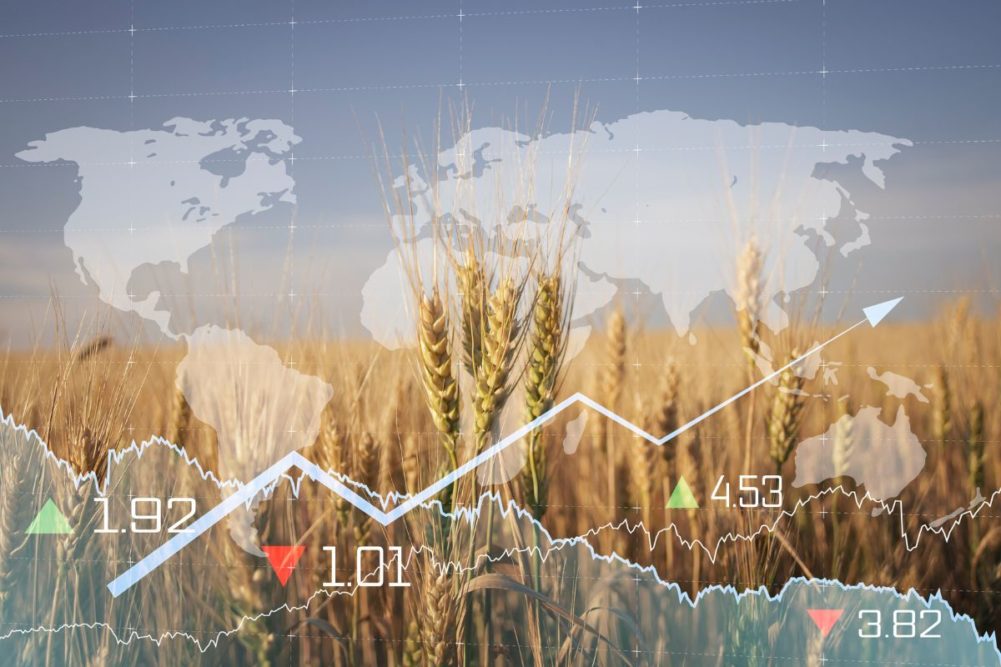ROME, ITALY – Global export prices of all major cereals rose in May, with wheat prices increasing the most, according to a report released on June 7 by the Food and Agriculture Organization (FAO) of the United Nations.
The Cereal Price Index (CPI) increased by 6% from April to 118.7 points. Even with the increase, the CPI was still 8% below its May 2023 value of 129.3.
FAO said the sharp monthly rise in wheat prices was mainly due “to growing concerns about unfavorable crop conditions for the 2024 harvests, possibly constraining yields in some main producing areas of several major exporting countries, including in parts of Europe, Northern America and the Black Sea region. Additionally, damage to the Black Sea shipping infrastructure exacerbated the upward pressure on prices.”
Corn export prices also increased in May, reflecting production concerns in both Argentina (due to crop damage from the spread of Spiroplasma disease) and Brazil (due to unfavorable weather), along with limited farmer selling activity in Ukraine amidst seasonally tightening supplies and a strong global demand, the report said.
It noted that spillover effects from the wheat markets also affected maize prices. For other coarse grains, world prices of barley and sorghum also rose in May.
The FAO All Rice Price Index edged up by 1.3% in May, “driven by higher Indica quotations, influenced by expectations of sales to Indonesia and Brazil, and easing harvest pressure.”
The FAO Food Price Index (FPI) rose slightly from its April level to 120.4 as increases in cereals and dairy products slightly more than offset decreases in those for sugar and vegetable oils.
Although it registered a third consecutive monthly uptick in May, the FPI remained down 3.4% from its corresponding value one year ago and nearly 25% below the peak of 160.2 points reached in March 2022.
In its World Cereal Supply and Demand Brief, FAO estimated global cereal production for marketing year 2023-24, which ends June 30, would reach a record 2.847 billion tonnes, up 1.2% from the 2022 outturn.
“The larger output primarily stems from a steep increase in world maize production, which more than compensates for declines in global sorghum and wheat outputs,” FAO said.





